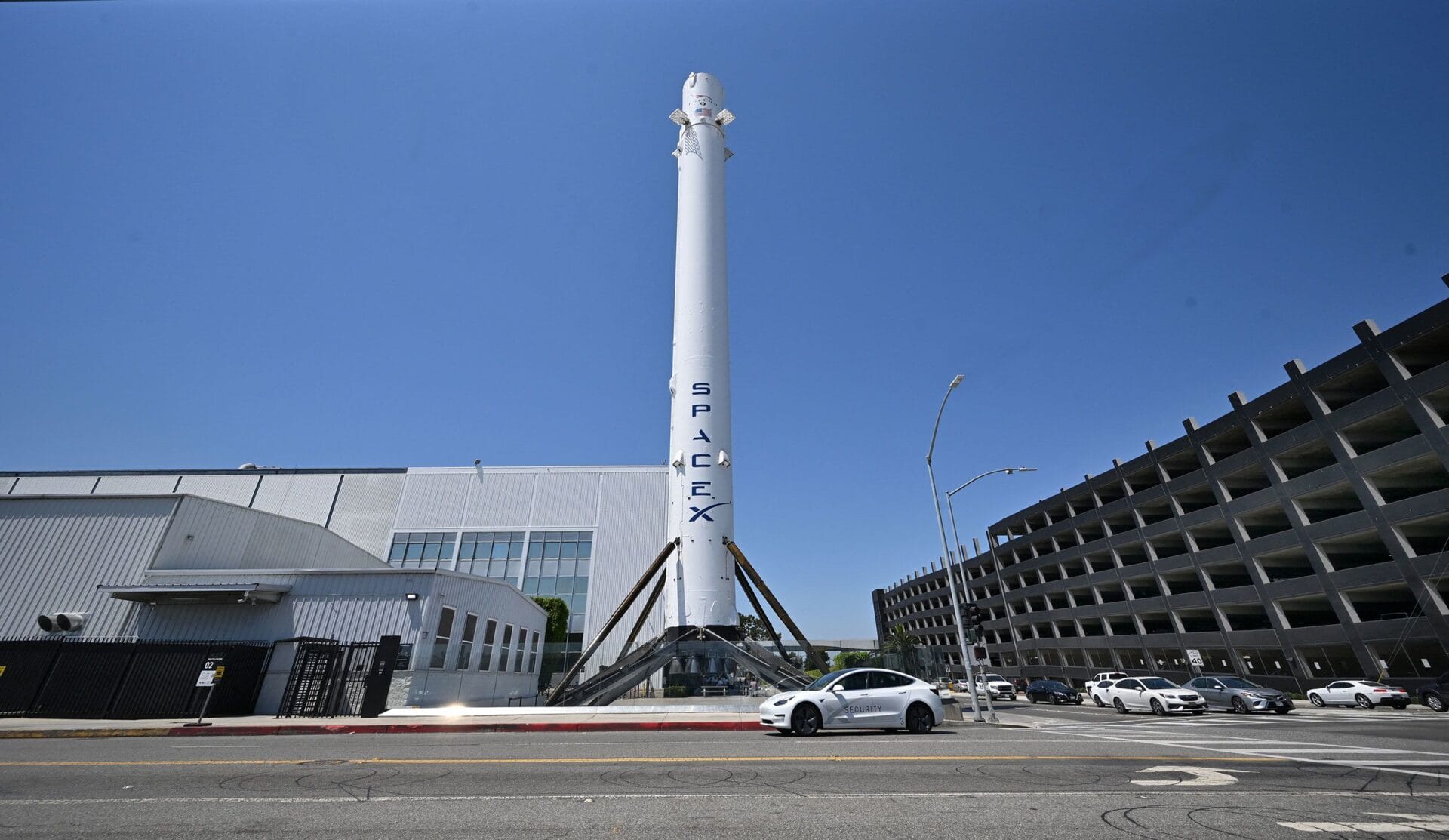SpaceX cleared to launch Falcon 9 rocket after rare failure
(CNN) — SpaceX’s Falcon 9 rocket — the most prolific launch vehicle in the world — is ready to return to flight after suffering a mission-ending failure during a routine journey earlier this month.
The Federal Aviation Administration, which licenses commercial rocket launches and assesses mishaps, said Thursday that it had determined there were “no public safety issues” involved when Falcon 9 failed in orbit on July 11, paving the way for the rocket to make a rapid return to flight.
“This public safety determination means the Falcon 9 vehicle may return to flight operations while the overall investigation remains open, provided all other license requirements are met,” according to the FAA.
On its website, SpaceX has already revealed that it will put the Falcon 9 back to work as soon as Saturday, launching a batch of Starlink internet satellites.
If successful, the launch could put SpaceX back on track to returning to its routine but crucial work launching astronauts to the International Space Station. SpaceX’s 10th such trip — carried out on behalf of NASA — is slated to take flight in August. NASA plans to share updates about the mission today.
SpaceX also has plans to launch a history-making private astronaut mission, called Polaris Dawn, that will send billionaire and philanthropist Jared Isaacman and three crew mates to orbit aboard a Falcon 9 to conduct the first-ever spacewalk by private citizens. That mission had been slated to take off as soon as July 31.
What happened to Falcon 9
The Falcon 9, which is the smallest vehicle among SpaceX’s fleet of rockets, is the linchpin of the US rocket industry. Already in 2024, it has carried out more than 60 missions. No other rocket comes close to being as active.
A Falcon 9 had launched a group of Starlink satellites out of California on July 11 shortly before the mishap occurred.
The first leg of the mission appeared to proceed smoothly, with the Falcon 9 using its first-stage booster — the bottommost part of the rocket with nine engines that provide the initial burst of power at liftoff — to propel itself toward space.
But the second stage of the rocket, which is designed to fire up after the first stage falls away and power the satellites to their final destination in orbit, failed abruptly.
SpaceX later revealed there was an oxygen leak on that second stage. (Liquid oxygen or LOX is a commonly used as an oxidizer or propellant for rockets.) That led to what SpaceX CEO Elon Musk described at one point as an “RUD” — or “rapid unscheduled disassembly,” a phrase SpaceX typically uses to refer to an explosion.
Despite the mishap, the satellites were safely deployed — but they were put into a much lower orbit than intended, meaning they would likely be dragged out of space by Earth’s gravity very quickly.
The FAA, which routinely oversees investigations after such mishaps, told CNN in an email it found that “all debris from the anomaly has reentered and there continues to be no reports of public injury or public property damage.”
SpaceX had asked the FAA on July 15 to evaluate the threat to public safety, allowing the company to return to flight even if the broader investigation — which is meant to pin down the “root cause” of the mishap and identify how to correct the problem — is not complete.
In a post on X, the social media site formerly known as Twitter, SpaceX said Thursday that it “submitted our report to the FAA regarding Falcon 9’s launch anomaly, including likely cause and associated corrective actions.”
The company cited the rocket’s extensive flight history as one reason the company is “able to gather unprecedented levels of flight data and are poised to rapidly return to flight.”



